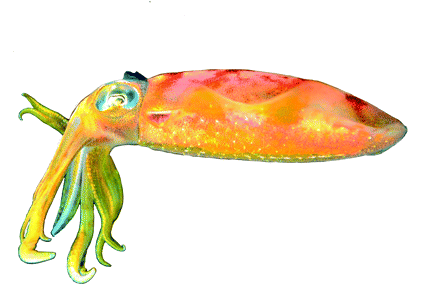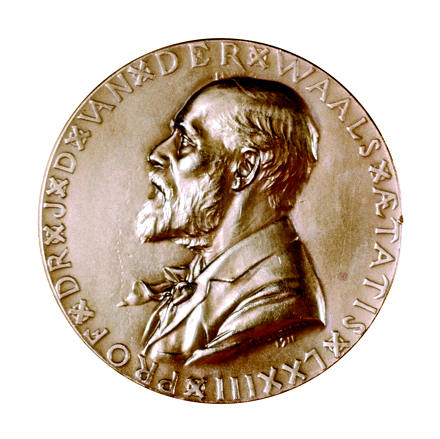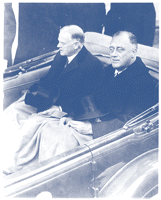1931–1940
FUN AND GAMES

The Great Depression left the nation’s poor looking for cheap comfort. A brief respite could be found in a new board game that allowed players to buy and sell property named after streets in Atlantic City. Parker Brothers bought the game in 1935, named Monopoly, and watched it fly off the shelves, selling up to 20,000 games each week. Walt Disney Studios delivered more family fun, introducing the animated companions Goofy and Donald Duck, and turning a beloved Grimm Brothers’ fairy tale, “Snow White and the Seven Dwarfs,” into the first-ever animated feature film, in 1937. New Yorkers could escape to Catfish Row, though many were reluctant to watch Gershwin’s musical Porgy and Bess, which featured an African American cast. Gone With the Wind debuted in 1939, starring Vivien Leigh as Scarlett O’Hara.
PIECES OF MIND


Karl Menninger’s book, The Human Mind, published in 1930 with a second edition in 1937, introduced the study of psychiatry as a scientific discipline to a broad audience. The medical practice of psychiatry still included lobotomy and induction of seizures, but the foundation was being laid for a pharmacological approach to treating disorders of the brain. The chemical nature of neurotransmission had become widely accepted, as evidenced by the awarding of the 1936 Nobel Prize to Otto Loewi and Sir Henry Dale for their studies regarding acetylcholine. In 1937, J.Z. Young first published his report on electrical conduction through the giant axon of the squid, introducing a model system large enough to insert an electrode and measure electrical current directly. This model would later be used by Hodgkin and Huxley to fully describe the flow of electrons in a nerve cell during an action potential.
THE WONDER DRUG

Infectious diseases continued to carry death sentences in the 1930s, but a new class of antimicrobial compounds was revolutionary. The bactericidal properties of sulfonamides, or sulfa drugs, were discovered when Gerhard Domagk, a German physician, demonstrated the ability of a red dyestuff called “prontosil rubrum” to protect mice from lethal doses of streptococci and staphylococci. Domagk was unconvinced that the active component of the dye, a sulfonamide, would work in humans until he, in desperation, tried it on his daughter’s streptococcal infection. He published his results in 1935, and his wonder drug was marketed as Prontosil with huge success, resulting in part from its use in treating the son of US President Franklin Delano Roosevelt. The success of Prontosil prompted widespread development of additional sulfonamide compounds, the unregulated distribution of which resulted in the Elixir Sulfanilamide disaster of 1937, with at least 100 people poisoned by tainted drug. The Elixir Sulfanilamide disaster resulted in the passage of the 1938 Federal Food, Drug, and Cosmetic Act.
DISASTER STRIKES

On his birthday in 1939, Lou Gehrig was diagnosed with amyotrophic lateral sclerosis, a disease that ended his baseball career, and soon thereafter, his life. The retirement of one of the greatest baseball players in history was announced two days later, and on July 4, “Lou Gehrig Appreciation Day,” Gehrig proclaimed himself the “luckiest man on the face of the earth” in front of an emotional crowd of over 60,000 at Yankee Stadium. The waiting period for induction into the Baseball Hall of Fame was waived because of his condition. A cure for ALS, later named Lou Gehrig’s disease, has yet to be discovered.
THE FÜHRER
In September of 1939, Adolf Hitler’s forces invaded Poland, and World War II began. The deaths of an estimated 60 million soldiers and civilians worldwide would follow. Through the 1930s, Hitler’s attempt to extinguish the Jews in Austria and Germany had a dismal impact on the previously renowned scientific and medical achievement in the region. When Hitler was appointed Chancellor in 1933, the books of Sigmund Freud were burned publicly, and Albert Einstein moved to the United States and renounced his German citizenship. Domagk was forbidden by Hitler to accept the Nobel Prize in 1939 for his discovery of sulfa drugs because the Nobel Prize committee had awarded a Nobel Peace Prize to an anti-Nazi activist a few years earlier. When Jews were removed from government positions in 1933, including university professorships, Otto Krayer was exemplary (and unique) in declining to become chair of pharmacology and toxicology at the Medical Academy of Düsseldorf.
- © American Society for Pharmacology and Experimental Theraputics 2007





